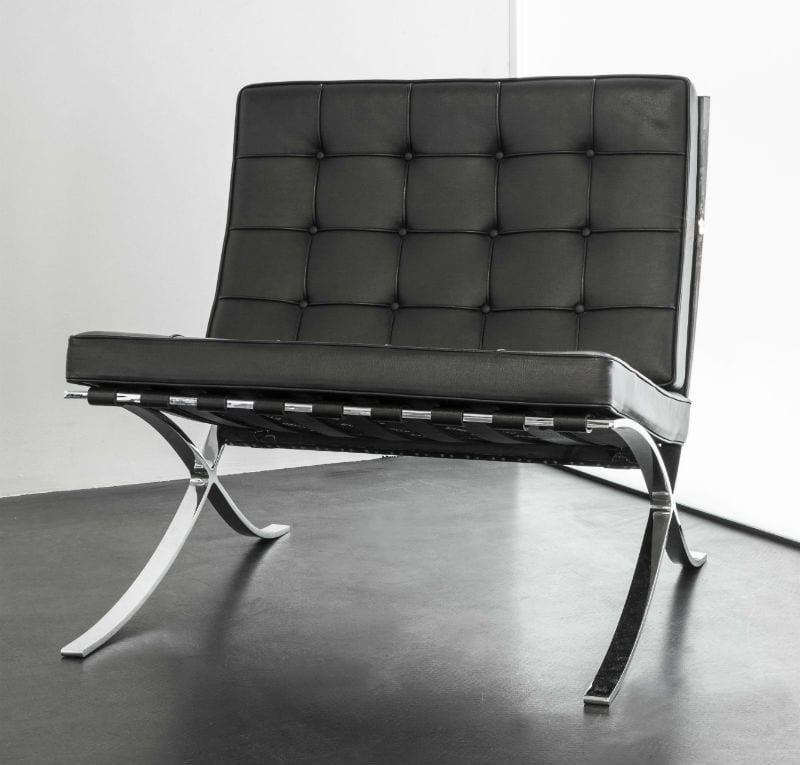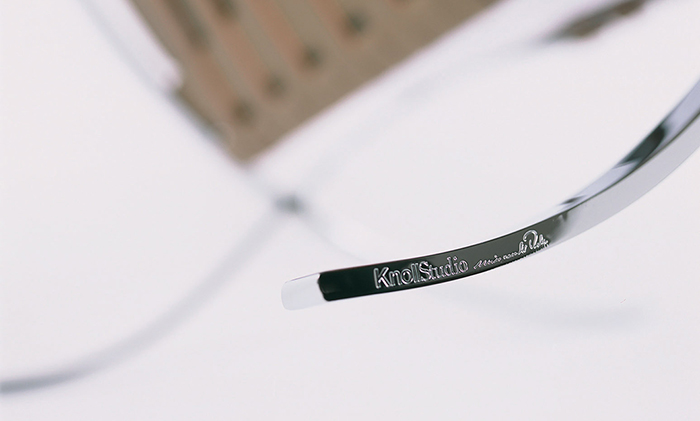
We probably don’t need to introduce Ludwig Mies van der Rohe’s Barcelona chair anymore. This iconic piece of furniture is one of the most celebrated designs of the 20th century. Would you like to know the history behind this popular master piece? Or are you curious to know how you can recognize a real Barcelona chair? Discover all about it in this article.

The Barcelona chair throughout history
Everything started in 1928 when designer Ludwig Mies was experimenting with different seating solutions. The scissor-shape design of the Barcelona chair was inspired by the so called curule seat: a shape associated with power and appearance by the Romans, the Greeks and the Egyptians.
Originally only two pieces were made of the chair to be exposed in the Barcelona Pavilion at the international Exposition in Barcelona in 1929. One year later the Barcelona chair found its way to America through Philip Johnson, who gave orders to Ludwig Mies to design his residence.
Soon the ball started rolling and the Barcelona chair became more and more popular. In 1945 Ludwig Mies was approached by Florence Knoll, who offered him to produce his collection en masse for the American market. Ludwig Mies decided to grant Knoll with the right to manufacture the design – and the rest is history.
How to recognize a real Barcelona chair
Just like any other great design piece, the Barcelona chair has been copied many times. To differentiate the design from its replicas KnollStudio decided to engrave Ludwig Mies’ signature in the back right leg of the chair.
In 2004, Knoll even obtained a federal trade dress protection for several of Ludwig Mies van der Rohe’s designs, of which also the Barcelona chair and Ottoman. This protects the design from being copied inelegantly and unauthorized. Until this day, Knoll produces the chair following Ludwig Mies’ original guidelines.


